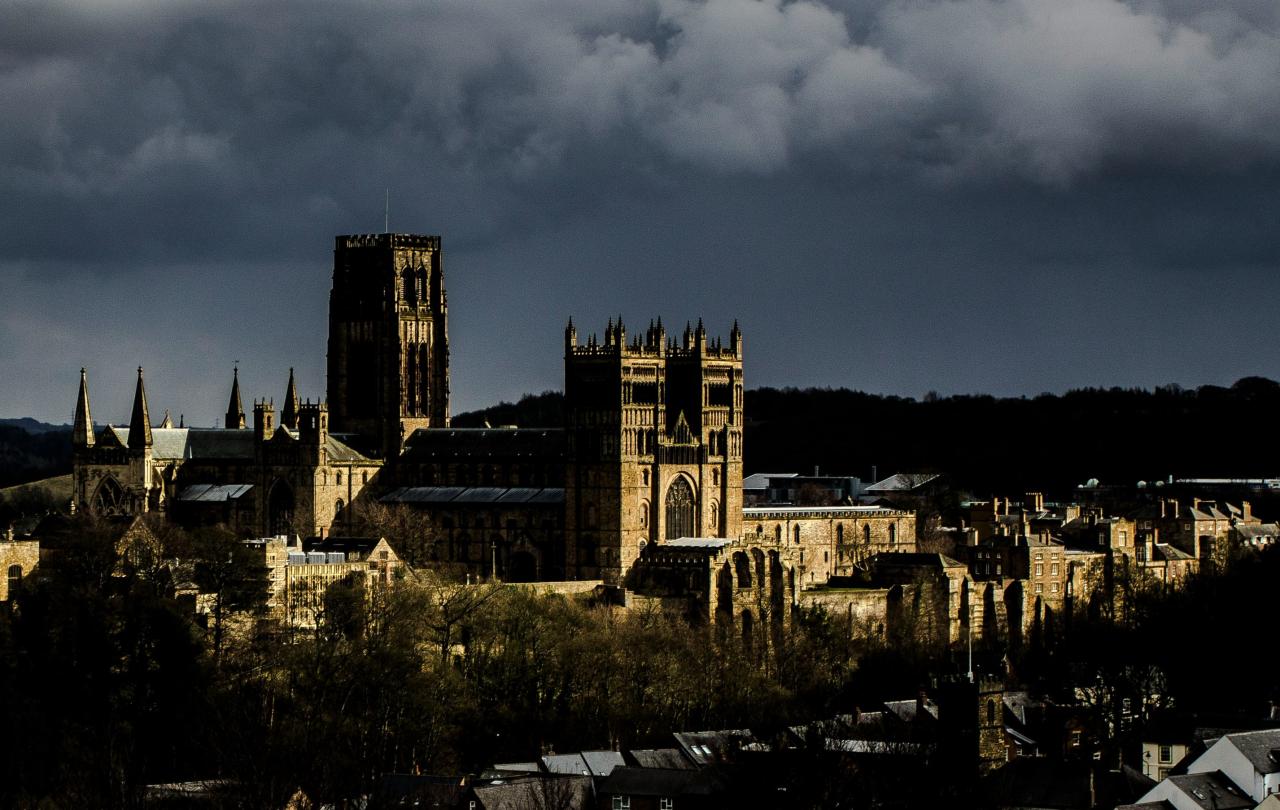
Every now and again, a society has to have a word with itself about something. Most social changes happen quite organically without a need for this kind of self-conscious dialogue. Hat-wearing in public was almost ubiquitous, for example, until about the middle of the twentieth century, when it simply stopped. No major debate happened about this - the hat simply sidled out of fashion. Western society just sort of internally worked out that the absence of a hat was not improper.
Whether or not gender is something real is not like whether it is polite to wear a hat. It requires a very hard conversation - one which pushes on some of the most fundamental differences people can have about politics, the world, and perhaps things even bigger than that. Whether one agrees with it or not, yesterday was a significant development in that very public conversation: the Supreme Court of the United Kingdom ruled that the Equality Act is predicated on a classic gender ontology (i.e. the ‘realness’ of male and female).
What is at stake here? For some, the expansion of categories like ‘man’ and ‘woman’ to those who have undergone a clinical transition, and those who have an official certificate legally recognising their self-identified gender, is a crucial bellwether of our commitment to equality and freedom. They cite the rates of depression and suicide in this demographic, where an imposed gender causes deep distress.
Opponents of this move (like J. K. Rowling, who will be celebrating right now, no doubt) cite the dangers that de-anchoring gender from biological markers, like chromosomes or reproductive organs, will have. The justification of single-sex spaces is at least partially balanced on the idea that men and women are different, and separation of them is key for our sense of dignity or safety.
But both sides agree that we need copper-bottoms for our terms. All humans want to feel like our words are not empty gestures. Biological sex realists want to hold out for fundamentals which can be observed scientifically. This tallies with lots of observable features, history, and culture - but those who hold out for a definition of gender rooted in self-identification are not wrong to point out that overly medicalised definitions will struggle to divide all of the data without remainder. There are genuine cases of intersex people, for example.
What does a Christian like me think? Someone who is tied to what the Church has historically taught might look to the New Testament, where Jesus, for example, teaches that ‘male and female’ is a good, given aspect of our reality by God. That much might be consoling about the court’s decision. But a Christian may also feel a little cold about conceding the whole mystery of gender to brute biological fact. Surely there is something about being a woman or a man that is more than merely possession of certain physical features, as gender-critical activists claim?
St Paul, in one of his New Testament letters, says that men and women are an expression of something even more fundamental than chromosomes: “I speak of Christ and the Church”. But this does not make our genders into shadowy symbols. Rather, it says our gender difference is more real for pointing at is something beyond the physical. It is rooted in the most real thing a Christian knows: that God reconciles the world to himself through Jesus as if it was a cosmic marriage. On this view, maleness and femaleness is not a tick-list of attributes, but a goal at which we are all striving. It will require humility, mutual service, and love.
Society will keep on having its conversation about what exactly men and women are. But if it is to make sense of what things are really like, it may have to keep digging yet.
Celebrate our 2nd birthday!
Since Spring 2023, our readers have enjoyed over 1,000 articles. All for free.
This is made possible through the generosity of our amazing community of supporters.
If you enjoy Seen & Unseen, would you consider making a gift towards our work?
Do so by joining Behind The Seen. Alongside other benefits, you’ll receive an extra fortnightly email from me sharing my reading and reflections on the ideas that are shaping our times.
Graham Tomlin
Editor-in-Chief





